
Home Page| Professional CV| Academic CV| Research| Publications

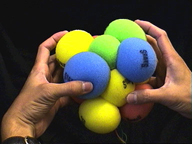
|
The Squeezables are objects/musical instruments that use
the squeezing actions of our hands to produce music. (September 1997, Gan & Gili)
The new SQUeeZABLE Jello Balls use both squeezing and stretching/lifting/pulling
as expressive inputs to music and sound. This project is part of my MS Thesis entitled |
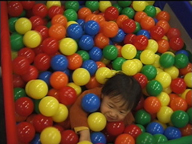
|
The "Musical Play Pen" is a Music & Movement Interface consists of a
play pen filled with ball pit balls
that children can dive in and "compose through play". (October 1997, Gili & Gan) This project is also part of my MS Thesis entitled Featured in :
|
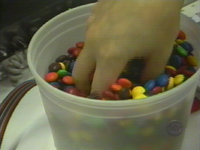
|
The Immersive Musical Interface called "MnM's Music" is a container
of MnM candies that one
can use his hands to "swim" out the music. (October 1997, Gili & Gan) |

|
The LEGO Music is a Musical Building Blocks set of LEGO bricks with a new sensing technique. (November 1997, Gili, Gan & Amy) |

|
Brain Wave music makes use of the brain waves generated by the
human brain while thinking or doing some activities. It is also possible to make use of this information to control other things around us. We can also talk to one another using just the "Brain Wave Protocol", or BWP, like a wired version of telepathy, but with enormous speed and data transfer accuracy. (1995, Gan) |
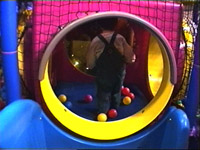
|
The "Snake & Ladder" is an interactive play space where children
are the instruments that wonder around through ladders and slides
of indoor and outdoor playgrounds. (21 February 1998, Joan & Gan) |

|
The pacifier is used as a musical instrument for one or a
group of toddlers where they can compose through sucking/chewing. "Chewables", "Suckables". (27 February 1998, Gan & Claudio) |
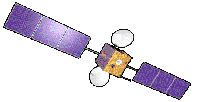
|
GPS Music utilizes the Global Positioning Systems' satellites to
play the music of the place, i.e. the system will know where it is
located and play the music that suites the culture(s) of that country. It is also capable of using the location data and movement to compose pieces that are relevant to the culture of the place. (9 March 1998, Gan) |

|
The "Tactile Belt" is a belt with eight pager vibrators which
tells the direction when one is moving around. (February 1997, Bradley & Gan) |
